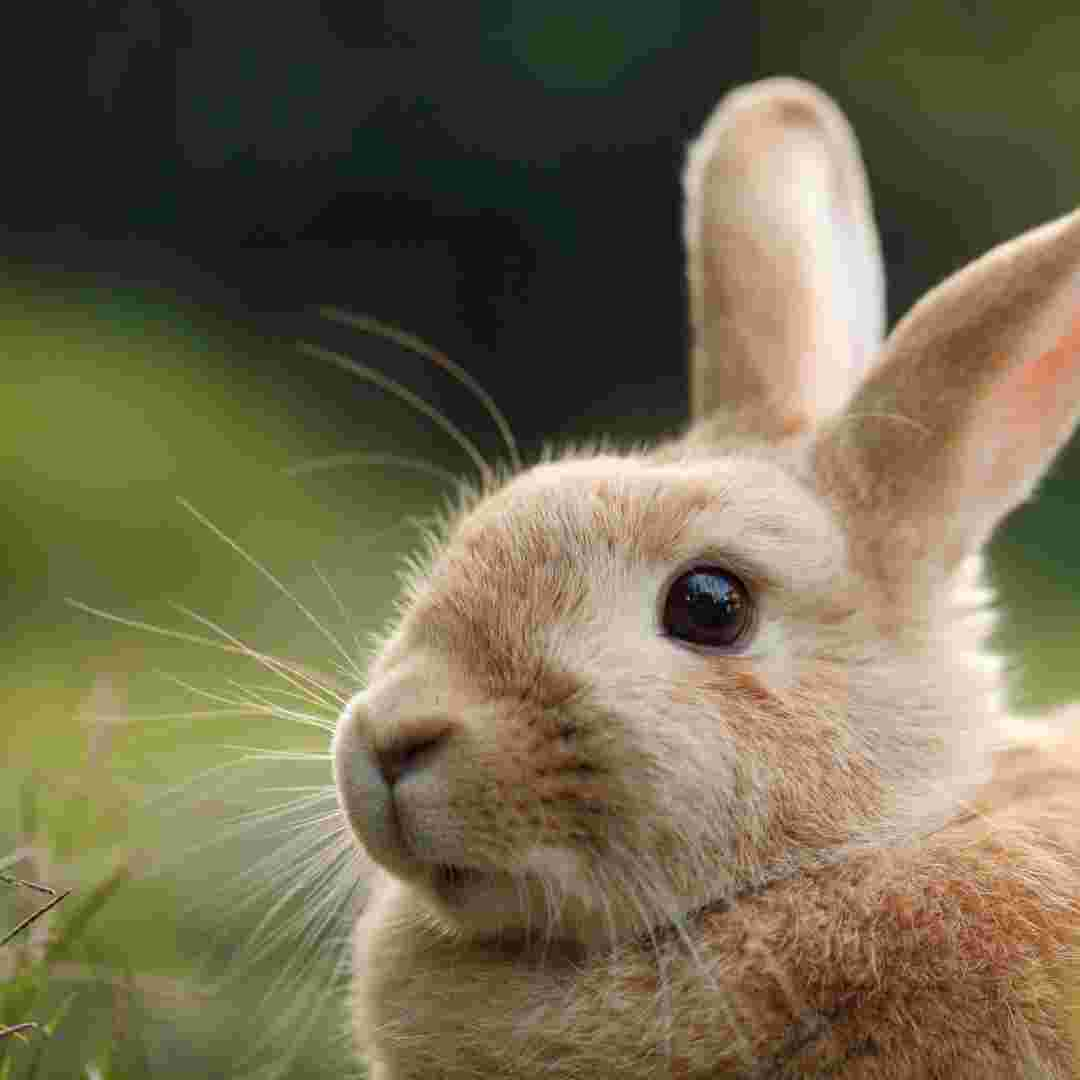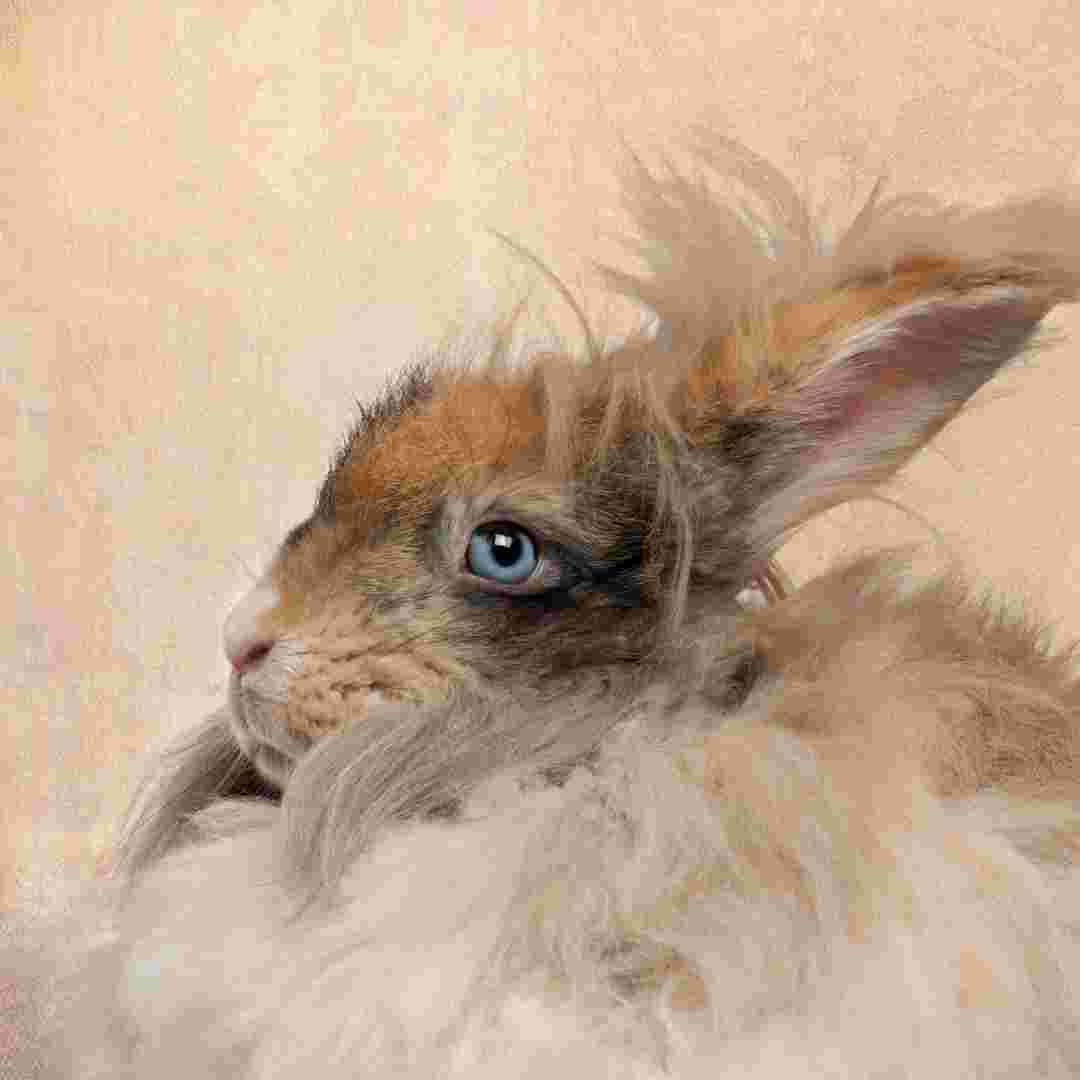Contents Table
Introduction
Rabbit evolution: how did they evolve?
How Were Rabbits Domesticated in Ancient Cultures?
Rabbit Impact on Ecosystem: How Have They Changed the Landscape?
Rabbit Genetics: How Have They Changed?
How Will Rabbits Change in the Future?
Q&A
Conclusion
Introduction
One of the world's most popular creatures, rabbits, when did they appear? Despite appearances, the answer is complicated. Rabbits shared an Eocene ancestor 56 million years ago. Rabbits have evolved into several species since then, some more recently than others. This article examines rabbit evolution and environmental adaptation.
Rabbit evolution: how did they evolve?
One of the world's most beloved creatures, rabbits have an interesting evolutionary history. The Leporidae family contains rabbits, hares, and pikas. They may have evolved from a Middle Eastern and North African ancestor 30 million years ago.
The Miocene Prolagus was the first rabbit-like creature in Europe and North Africa. This rabbit-sized animal had large ears and a short tail. Prolagus may have developed into Oryctolagus cuniculus, the ancestor of all rabbits.
Oryctolagus cuniculus may have started in the Iberian Peninsula and expanded over Europe and North Africa. The Romans may have brought the species to Britain in the first century AD. It then expanded across Europe, Asia, and North America.
Rabbits may live in deserts and woodlands. They survive in cities, where they are pests. Rabbits are popular pets and come in many colours and sizes.
Rabbits live on all continents except Antarctica. One of the most successful mammals in population numbers and distribution. They are one of the world's most cherished animals, and their evolution is fascinating.
How Were Rabbits Domesticated in Ancient Cultures?
Rabbits have been domesticated in many ancient societies. Domesticated rabbits may have originated in the Middle East or Mediterranean.
Domesticated rabbits first appeared in 5th-century BC Greece. Pet rabbits provided food, fur, and amusement. They were utilised in religious rites for luck.
Humans tamed rabbits for their fur. They were developed for larger, softer fur for garments and blankets. Over time, rabbits were bred for meat and speedy reproduction. This made them a reliable food supply.
Religious ceremonies included rabbits. Rabbits were utilised in fertility ceremonies in ancient Egypt. Venus, the fertility goddess, was associated with rabbits in ancient Rome. Rabbits were also employed in Celtic and Norse religious rites.
Many ancient societies kept rabbits as pets. They were caged and given special goodies. Rabbit races and performances were entertainment.
Many ancient societies domesticated rabbits. Uses included food, fur, religious ceremonies, and pets. Good luck and entertainment were associated with them. Domesticated rabbits may have originated in the Middle East or Mediterranean.
Rabbit Impact on Ecosystem: How Have They Changed the Landscape?
The ecology has been greatly impacted by rabbits. They are distributed worldwide and have had both positive and harmful effects on the ecosystem.
An herbivore, rabbits eat vegetation. They control vegetation, which benefits the environment. This can limit plant overgrowth, creating a healthier habitat.
However, rabbits can harm the environment. They can destroy crops and vegetation, reducing animal food sources. Their burrowing can loosen soil and create erosion.
Rabbits can alter the landscape. They can build routes through plants to reach previously inaccessible locations. This can promote human activity in certain regions, harming the ecosystem.
Rabbits have greatly impacted the ecosystem. They can be good or bad depending on the situation. Before introducing rabbits, consider their environmental impact.
Rabbit Genetics: How Have They Changed?
Rabbits are one of the most popular domesticated animals, and their evolution has been intriguing. Rabbits have evolved genetically over thousands of years. Rabbit genetics and evolution will be examined in this essay.
The Leporidae family contains rabbits, hares, and pikas. Europe, Africa, and Asia are home to these little mammals. Rabbits' genomes have evolved dramatically over generations of domestication.
Early domesticated rabbits likely originated from the European wild rabbit, which is still prevalent in Europe. Selective breeding has created many breeds with distinct traits. Some breeds are larger, have longer ears, and have various coat colours.
Rabbit genetics have changed due to domestication. Domesticated rabbits have shorter ears to stay warm in cold climes. Breeding them to be docile makes them easier to pet.
Domesticated rabbits' genetics have changed along with their appearance. Some breeds are more disease-resistant, while others are more climate-tolerant.
Overall, rabbit evolution has been fascinating. Through selective breeding, humans have created many breeds with unique traits. They are also more disease-resistant and climate-tolerant due to genetic modifications. Thus, rabbits are one of the most popular domesticated animals worldwide.
How Will Rabbits Change in the Future?
In the coming years, rabbits may alter. Rabbit needs will change with the world. Here are some upcoming updates.
First, rabbits may become more popular pets. More people will consider rabbits as pets as they learn about their low upkeep and friendship. This may improve rabbit ownership and breed variety.
Second, rabbits may become increasingly popular as food. Rabbits may become more popular as people become more environmentally conscious. Rabbits provide sustainable protein with low fat and cholesterol. This could lead to more rabbits farmed for food and more rabbit-based cuisines.
Third, rabbits may be used increasingly in medical studies. Rabbits are employed in cancer, heart disease, and diabetes research. Rabbits may become more essential in medical research as new treatments and cures are developed.
Finally, rabbits may become increasingly popular in entertainment. Cinema, TV, and other entertainment already feature rabbits. Since rabbits can provide more realistic and lifelike effects, they may become more popular in the entertainment sector as technology advances.
These are some rabbit changes we can expect in the future. Rabbit needs will change with the world.

Q&A
1. When did rabbits evolve?
Rabbits developed from Leporidae roughly 56 million years ago in the Eocene.
2. What other animals are rabbit-related?
Rabbits resemble hares, pikas, and rodents.
3. Rabbits evolved in what environment?
Rabbits developed in meadows, woods, and deserts.
4. How did rabbits evolve?
Natural selection selected the most successful rabbits to survive and breed.
5. What adaptations did rabbits have?
Rabbits adapted to their surroundings with long ears, strong hind legs, and thick fur.
Conclusion
Rabbits evolved from a pika progenitor 40 million years ago in the middle of the Eocene. Fossil evidence suggests that Asia's first rabbit-like species appeared about this time. Rabbits have adapted to many climates and environments worldwide. They are today one of the most successful and widespread mammals.
